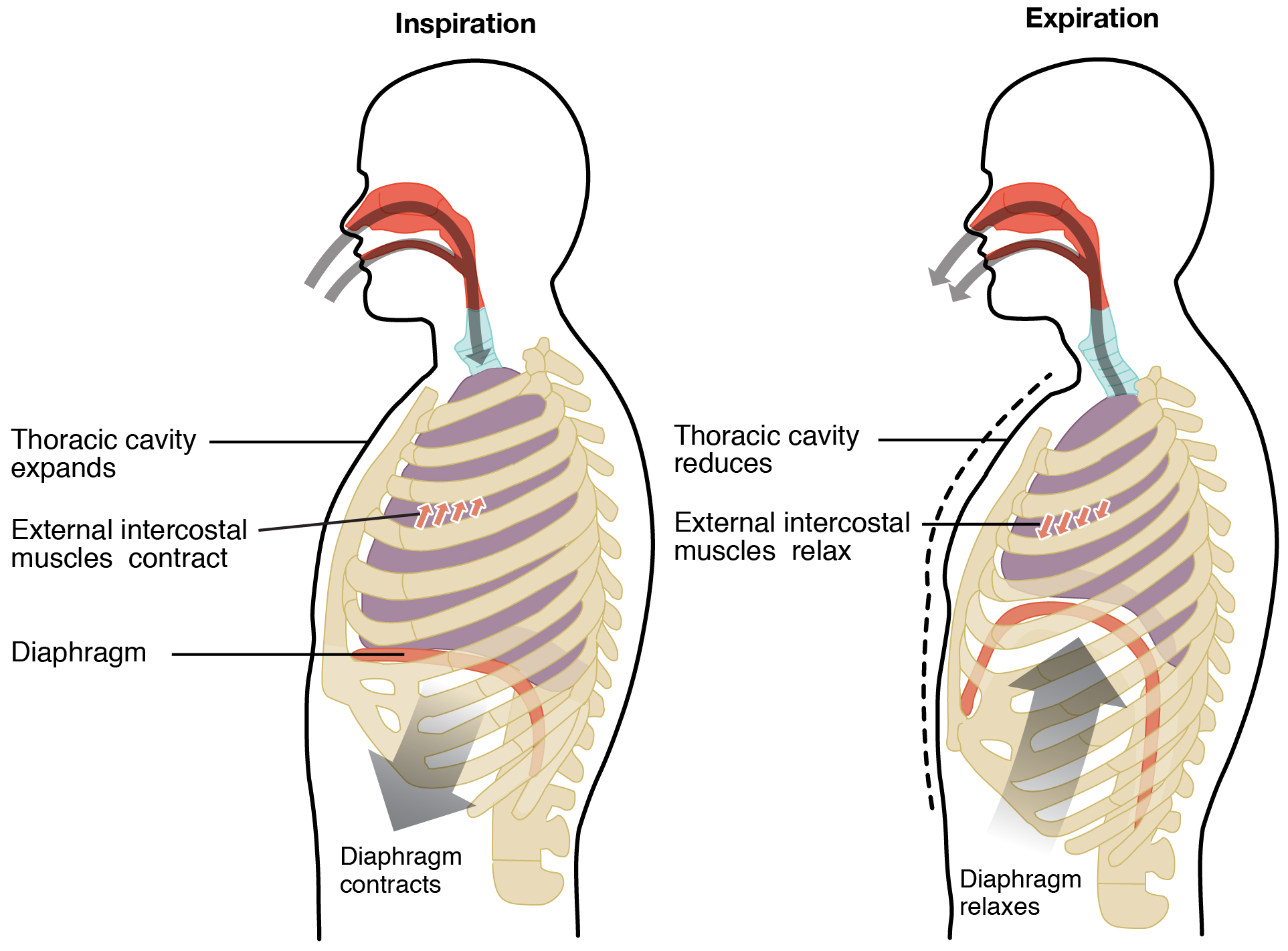Breathing is important for you to live, but it is so closely related to you that sometimes you just ignore its existence. You really notice it when for some reason you fail to breathe properly. One such breathing problem is called paradoxical breathing that can lead to certain complications. Keep reading to learn more about it.
What Is Paradoxical Breathing?
When you take a deep breath, you fill your lungs with air and your chest expands at the same time. Paradoxical breathing is a condition when your chest moves inward during inhalation instead of moving outward. This abnormal chest movement affects your breathing pattern and keeps you from inhaling enough oxygen. This will lead to a drop in your blood oxygen levels and an increase in your carbon dioxide levels. This will eventually lead to several types of medical problems.

What Causes Paradoxical Breathing?
A number of medical problems can disrupt certain aspects of the mechanics of normal breathing. Here are some main causes:
1. Obstructive Mechanics
You cannot move air in and out of your lungs if your airway is partially blocked. Your diaphragm lowers when you breathe in to inflate your lungs, but your chest wall may move inward if any blockage isn't allowing any air to pass. This is quite common in people suffering from obstructive sleep apnea. The same thing will happen even if a foreign object causes the blockage.
2. Mechanical Disruption of Chest Wall
A motor vehicle accident or any other chest trauma may lead to paradoxical breathing. A section of your ribs may separate the rest of your chest wall because of a trauma. This separated section will no longer expand when you inhale; in fact, it may pull your chest inward, making it difficult for you to breathe normally.
3. Nerve Problems
Your diaphragm separates your abdomen from your chest cavity, and its movement will expand your chest inward or outward. The phrenic nerve controls the movement or contractions of the diaphragm, and if the nerve is damaged due to any reasons, the diaphragm won't move and lead to paradoxical breathing. The most possible causes of paralyzed diaphragm are lung cancer, spinal cord injuries, muscular dystrophy and multiple sclerosis.
4. Flail Chest
If a segment of the rib cage breaks due to extreme stress and detaches itself from the rest of your chest wall, this may be due to a condition called flail chest. This life-threatening condition occurs when several adjacent ribs are broken, allowing the chest wall to move independently. Some sources say that at least two adjacent ribs should be broken in two or more places to cause flail chest, while others believe that the condition occurs when three or more ribs are involved. The ambient pressure makes the flail segment to move in the opposite direction as compared to the rest of your chest wall. This will eventually lead to paradoxical breathing and it can be quite painful as well.
5. Dysfunction of the Diaphragm
Dysfunction of one or both diaphragms is usually a cause of dyspnea, and it often leads to weakness or paralysis of the diaphragm. The most common sign of diaphragmatic dysfunction is the abdominal paradox, which refers to the inward motion of the abdomen when the rib cage expands. It is, therefore, easy to notice the paradoxical breathing pattern when the patient is in the supine position.
How to Deal With Paradoxical Breathing
Any change in normal breathing patterns can lead to life-threatening consequences. You should see your doctor immediately if you suspect you have obstructive sleep apnea or experience paradoxical breathing. You need to seek immediate medical attention if you have flail chest.
Along with seeking medical attention, you can perform certain exercises to improve your condition. Here's what you can try:
- Lie on a flat surface with your face up towards the ceiling. Now, place one hand on your chest and the other on your abdomen. Take a deep breath with an open mouth. This will help you identify your paradoxical respiration pattern and make changes accordingly.
- Stay in the same position and contract your diaphragm and abdominal muscles while making sure you don't expand your upper chest. Keep breathing slowly until you manage to synchronize your chest and abdominal muscles to move close to the same time.
Sit in a chair with a firm seat and tilt your hips down a bit by slowly rolling forward. Now, take a deep breath to separate your chest and lower pelvis while making sure your diaphragm contacts when the abdomen protrudes.
